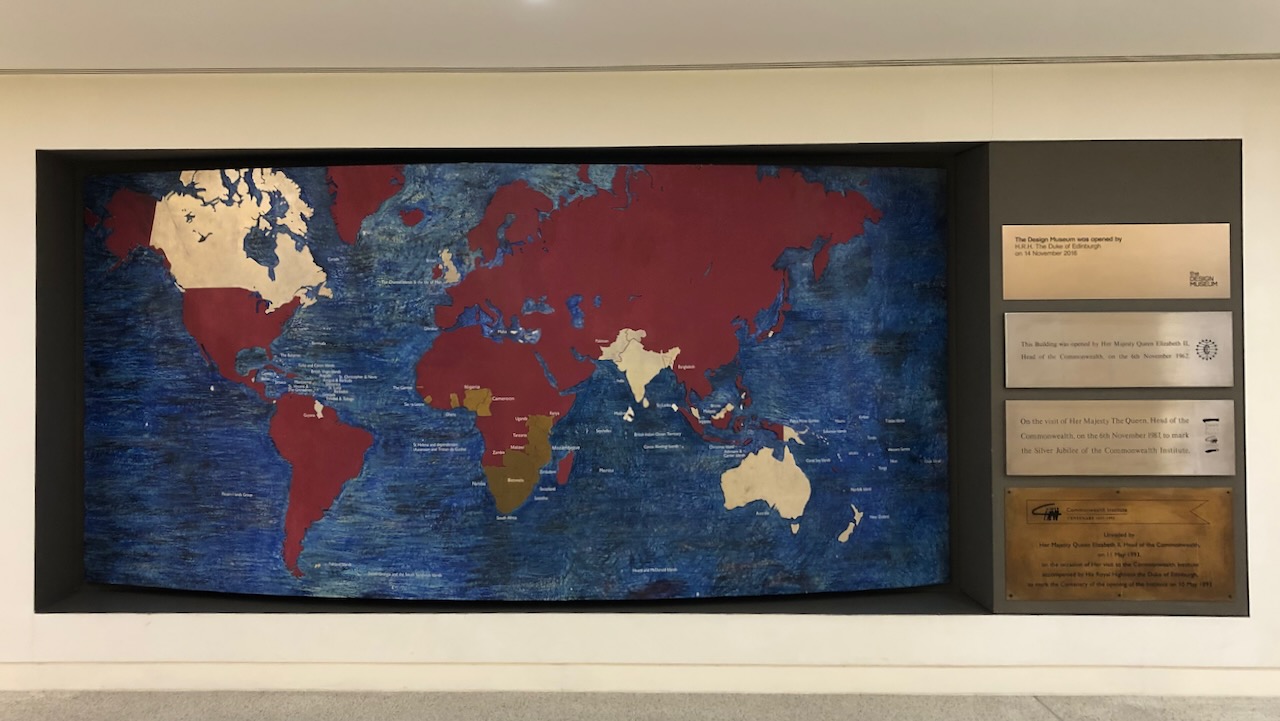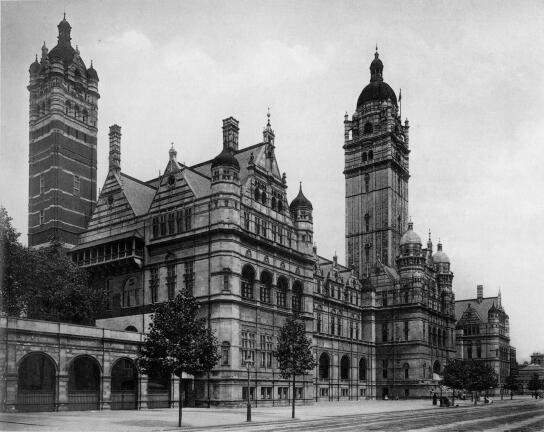I’ve published an article on some aspects of museum closure in the journal Museum and Society: Museum Closure in the UK: Themes, Issues, and Trends. The journal is open access, so it’s free to read.
The article looks at a variety of examples from the UK and elsewhere, and draws on data from the Mapping Museums project to show trends in the UK’s museum sector. As a quick overview of some of the themes, here’s the abstract:
Museum closure has received little attention within museum studies. In this article I set out some of the main themes and issues that pertain to museum closure, with examples drawn mainly from the UK. Closure is difficult to define precisely, and in some cases it is also hard to date with accuracy, but I present a way of defining closure that focusses on museum sites. I also outline a typology of closures, distinguished using differing levels of impact and loss of access. Recent data makes it possible to analyse the trends of opening and closing in the sector during a period of over sixty years, and shows that, partly due to increasing closures, the sector has shown signs of stasis, if not shrinkage.










